波音电池事故分析之2—系统安全过程与遗漏
0赞对电池系统这个东西,懂得越多越怕。波音事故,在Boston的报告还有在日本的报告一共分两份,附属的带有大量的关于安全的材料,值得我们去研读,检讨得失。首先还是说波音做了什么事情:
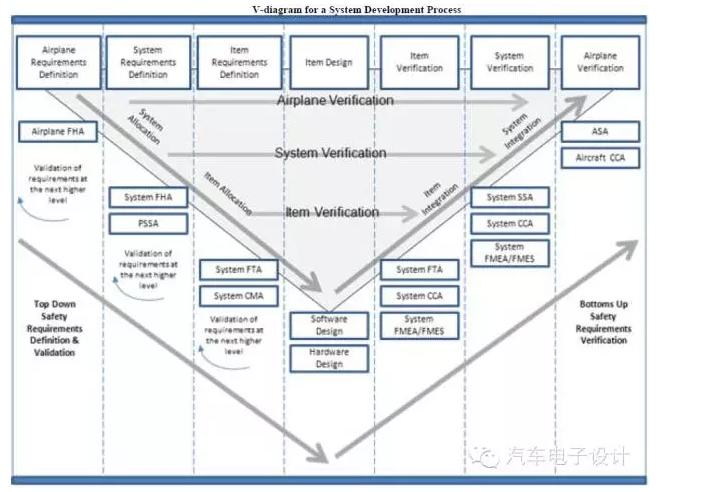
波音有完整的系统安全过程
波音做了很完整的电池安全定义

3. 对此,波音做了完整的系统安全分析并作了故障树分析实现了这个要求

4. 对BMU和电池,也都做了各自的安全评估分析
4.1 电池单点失效安全分析
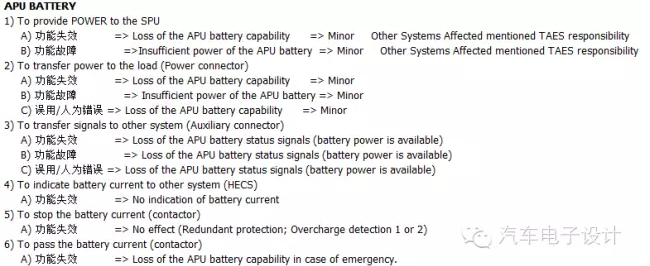
4.2 BMU单点失效安全分析
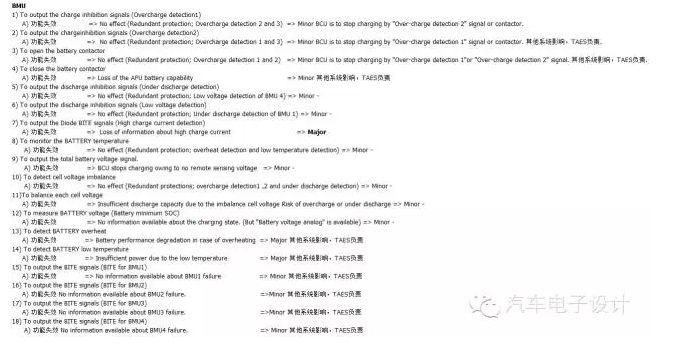
4.3 多点失效分析

整个电池系统和整体配置架构
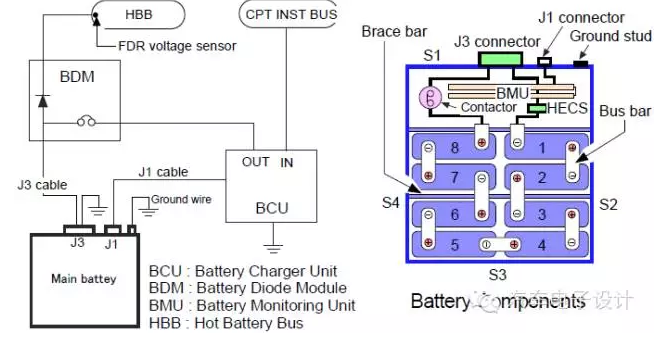
为什么会在Boston APU冒烟,在日本的日航客机起火呢?
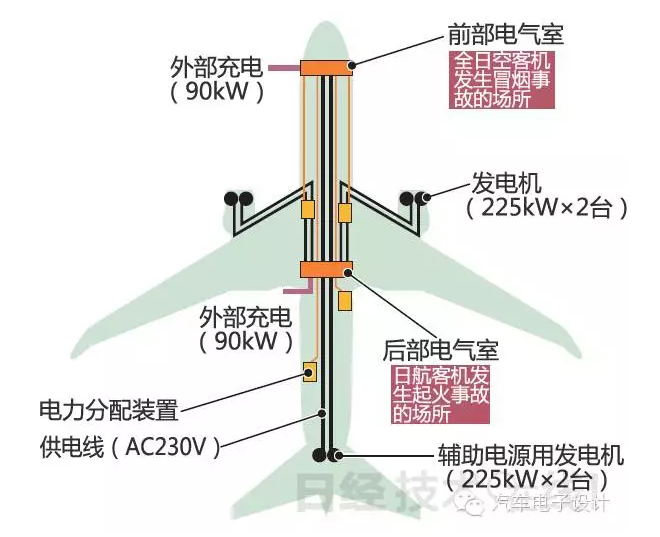
这个是个低压包,烧起来为啥呢?
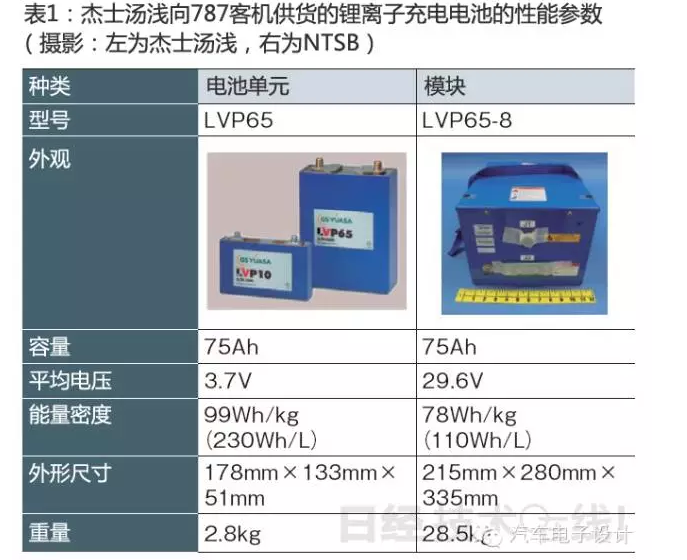
根据调查,最终的都指向了热失控

第一份报告的故事已经说过了
主因是内短路 Cell internal short circuiting and the potential for thermal runaway of one or more battery cells, fire, explosion, and flammable electrolyte release.
电池厂有问题 Cell manufacturing defects and oversight of cell manufacturing processes.
热管理有问题 Thermal management of large-format lithium-ion batteries.
Insufficient guidance for manufacturers to use in determining and justifying key assumptions in safety assessments.
Insufficient guidance for FAA certification engineers to use during the type certification process to ensure compliance with applicable requirements.
Stale flight data and poor-quality audio recording of the 787 enhanced airborne flight recorder (EAFR)
第二份报告的故事
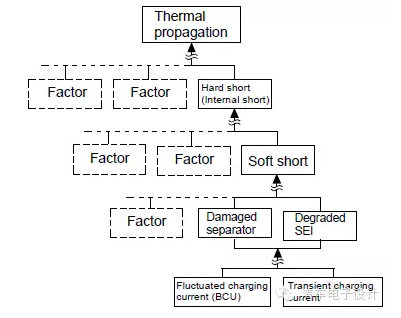
事情确实远比我们相信的要复杂一些。
小结
1)系列之二,做了不代表安全,不做很多事都不知道
2)明天找个NASA抑制Thermal Propogation的案子,比较好玩

